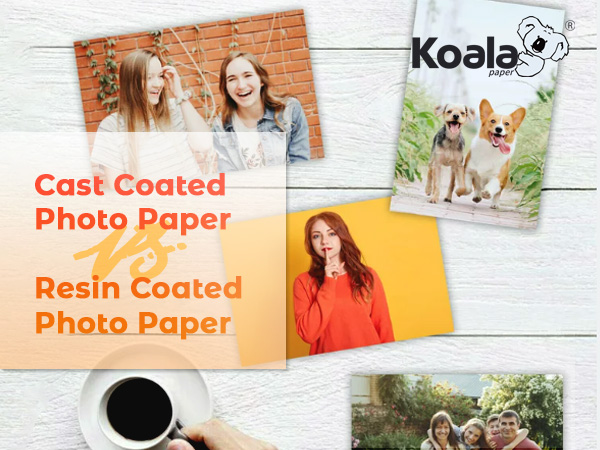Photo paper plays a crucial role in achieving high-quality printed images. It provides the foundation for capturing vibrant colors, sharp details, and lifelike reproductions. In this article, we will explore two popular types of photo paper: cast coated photo paper and RC photo paper.
The purpose of this article is to compare and contrast these two types, shedding light on their unique characteristics, advantages, and ideal use cases. By understanding the differences between cast coated and RC photo paper, you can make an informed decision and choose the right option for your specific printing needs. Whether you’re an individual user or a wholesale customer, this article will help you navigate the world of photo paper and make the best choice for stunning, high-quality prints.
Overview of Cast Coated Photo Paper

●Definition and Characteristics of Cast Coated Photo Paper
Cast coated photo paper is a type of glossy paper specifically designed for high-quality photo printing. It is characterized by its smooth and shiny surface, which enhances the vibrancy and clarity of printed images. The paper is coated with a layer of clay or resin, giving it a mirror-like finish that reflects light and intensifies colors.
The manufacturing process of cast coated photo paper involves applying a coating of clay or resin onto a base paper. This coating is then dried and polished to achieve the glossy surface. The smoothness of the paper is crucial for achieving sharp image details and accurate color reproduction. The coating also provides a protective layer that enhances the paper’s durability and resistance to fading.
The base paper of cast coated photo paper, typically made of wood pulp or alpha-cellulose fibers, undergoes a coating process where a mixture of pigments, binders, and solvents is applied to its surface. The coating is applied using a process called cast coating, where the paper is fed through a series of rollers. The coating is evenly spread and smoothed out as the paper passes through these rollers, resulting in a glossy and reflective surface.After the cast coating process, the paper may undergo calendering, which involves passing it through hot rollers. This step further enhances the smoothness and glossiness of the paper’s surface.The combination of the coating application, cast coating, and calendering processes contributes to the high gloss finish and smooth texture of cast coated photo paper.
●Key Features and Benefits of Cast Coated Photo Paper
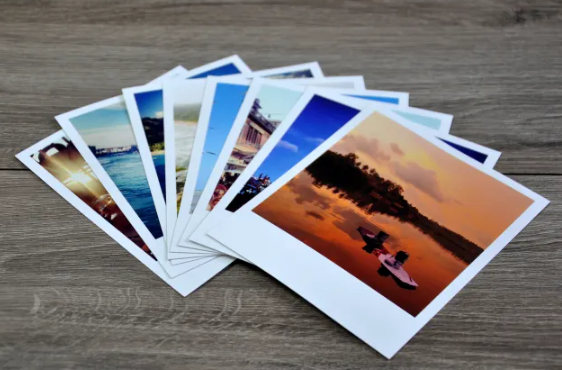
Vibrant Image Reproduction: The glossy surface of cast coated photo paper allows for vibrant and vivid color reproduction. It brings out the richness and depth of colors, creating stunning, eye-catching prints.
High Contrast and Sharpness: The smooth surface of the paper ensures excellent contrast and sharpness, resulting in images with fine details and clarity.
Quick Drying: Cast coated photo paper has a fast-drying property, allowing prints to be handled immediately without the risk of smudging or smearing.
Cost-Effective: This type of photo paper is often more affordable compared to other premium options, making it an excellent choice for budget-conscious users without compromising on print quality.
Versatile Applications: Cast coated photo paper is suitable for a wide range of applications, including photography, promotional materials, brochures, and presentations.
In conclusion, cast coated photo paper with its glossy finish, vibrant color reproduction, and affordability is a popular choice for individuals and wholesale customers alike. Its smooth surface and excellent print quality make it ideal for capturing and showcasing high-resolution images.
Overview of RC Photo Paper
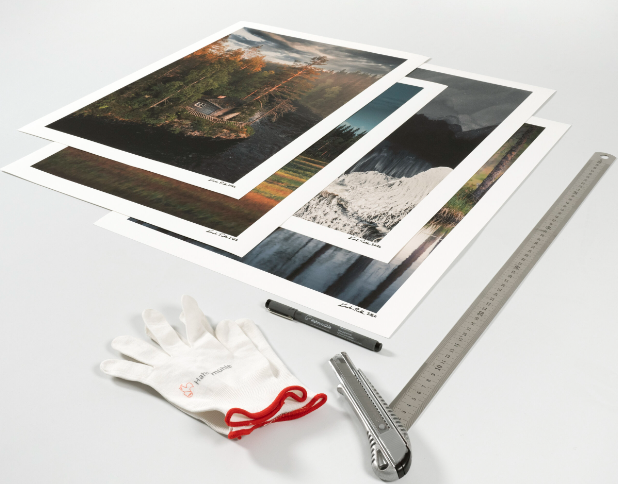
●Definition and Characteristics of RC Photo Paper
RC photo paper, also known as Resin Coated photo paper, is a type of photographic printing paper widely used in the photography industry. It is known for its excellent print quality, durability, and water-resistant properties. RC photo paper is designed to provide vibrant and long-lasting prints, making it a preferred choice for professional photographers and photo enthusiasts.
RC photo paper gets its name from the resin coating applied to its surface. This coating is typically made of polyethylene or polyvinyl alcohol resin, which enhances the paper’s water resistance and durability.
RC photo paper is available in both glossy and matte finishes, allowing photographers to choose the desired look for their prints. The glossy finish provides a vibrant and reflective surface, while the matte finish offers a more subdued and non-reflective appearance.
The resin coating on RC photo paper enables rapid ink absorption and drying. This characteristic is particularly beneficial when printing large quantities of photos or when time is a crucial factor.
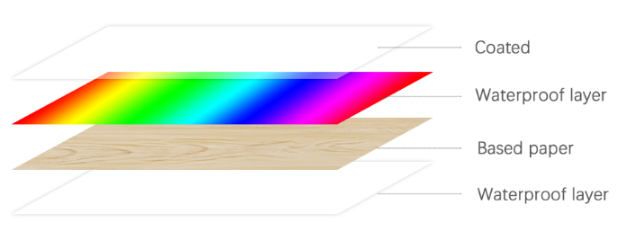
At the same time, RC Photo Paper features multiple layers, ensuring waterproofing and enhanced protection, resulting in vivid and vibrant colors.
●Advantages and Unique Qualities of RC Photo Paper
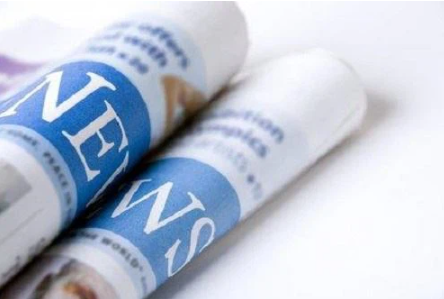
RC photo paper offers several advantages and unique qualities that make it a preferred choice for professional printing:
Excellent Print Quality: RC photo paper is renowned for its exceptional print quality, delivering sharp details, vibrant colors, and a wide color gamut. It provides a high level of image reproduction and allows for accurate representation of tones and textures.
Water Resistance: The resin coating on RC photo paper makes it highly resistant to water and moisture. This feature ensures that prints remain intact even when exposed to humidity or accidental liquid spills, making it suitable for various display or framing applications.
Durability: The resin coating and protective layers of RC photo paper enhance its durability and resistance to scratches, smudges, and fading. This durability ensures that prints retain their quality over time, making RC photo paper suitable for long-term archival purposes.
Quick Drying Time: The rapid ink absorption and drying properties of RC photo paper allow for efficient and fast printing. This characteristic is particularly beneficial for high-volume printing or when time is limited.
Versatility: RC photo paper is available in various sizes, finishes, and thicknesses, providing photographers with options to match their specific preferences and printing needs. Whether it’s for professional exhibitions, personal portfolios, or everyday photo printing, RC photo paper offers versatility in meeting different requirements.
Comparing CC Photo Paper with RC Photo Paper
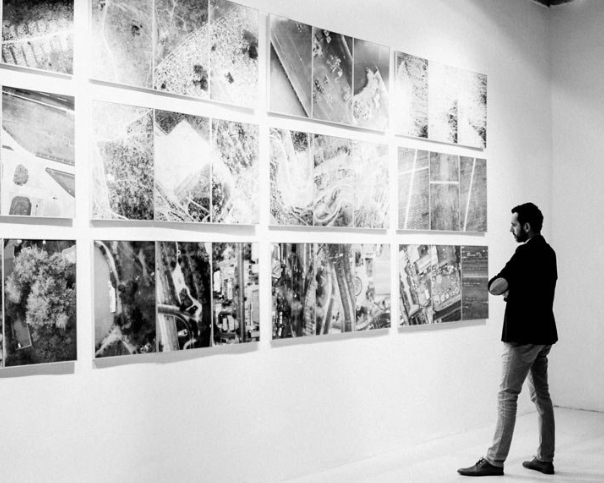
When comparing Cast Coated (CC) photo paper with Resin Coated (RC) photo paper, there are several aspects to consider, including the coating differences, application variations, price disparities, and environmental considerations.
●Coating Differences
Cast coated photo paper is characterized by a single, glossy, and highly reflective coating layer. This coating is typically made of clay and other additives, which are applied to the base paper and then dried under controlled conditions. The cast coating process results in a super-smooth and mirror-like surface, providing an intense glossy finish to the prints.
Resin coated photo paper, on the other hand, features a multi-layered coating structure. The base paper is coated with a layer of resin (usually polyethylene or polyvinyl alcohol), which provides water resistance and durability. Above the resin layer, there is an ink-receptive layer responsible for absorbing and holding the ink. Some RC photo papers may also have an additional protective topcoat layer.
●Application Differences
Due to its glossy and reflective surface, CC photo paper is often favored for applications where a vibrant and high-contrast finish is desired. It is commonly used for printing photographs, promotional materials, brochures, and other marketing collateral that benefit from the glossy appearance.
RC photo paper, with its water-resistant properties and durability, is well-suited for various applications. It is widely used in professional photography, photo albums, exhibitions, and archival purposes. The matte finish variant of RC photo paper is preferred for applications where glare and reflections need to be minimized, such as fine art prints and framing.
●Price Differences
Cast coated photo paper is generally more affordable compared to RC photo paper. The manufacturing process for CC photo paper is simpler and requires fewer coating layers, making it a cost-effective option for those on a budget or for high-volume printing needs.
Resin coated photo paper involves a more complex manufacturing process and utilizes multiple layers, including the resin coating and potential protective topcoat. As a result, RC photo paper tends to be relatively more expensive than CC photo paper.
It’s important to consider these factors when choosing between CC and RC photo paper, taking into account the desired finish, intended applications and budget. Ultimately, the choice will depend on individual preferences and specific printing requirements.
Conclusion
In conclusion, both Cast Coated (CC) and Resin Coated (RC) photo papers offer distinct characteristics and advantages for various printing applications. CC photo paper stands out with its single glossy coating layer, providing a highly reflective and vibrant finish. It is ideal for applications that require a glossy appearance, such as promotional materials and photographs. On the other hand, RC photo paper’s multi-layered composition, including a resin coating and ink-receptive layer, offers water resistance, durability, and versatility. It is commonly used in professional photography, archival purposes, and exhibitions, with the option of a matte finish for reduced glare.
When comparing CC and RC photo papers, factors such as coating differences, application variations, price disparities, and environmental considerations come into play. CC photo paper generally has a simpler manufacturing process, making it more affordable, while RC photo paper offers additional layers for enhanced durability and print quality, albeit at a higher cost.
Regarding environmental impact, CC photo paper may have an advantage due to its fewer coating layers and potential recycling suitability. However, the overall environmental impact depends on various factors such as materials used and manufacturing practices.
Ultimately, the choice between CC and RC photo papers depends on individual preferences, desired finish, intended applications, budget, and environmental considerations. Evaluating these factors will help photographers and print enthusiasts select the most suitable option for their specific needs, ensuring optimal print quality and satisfaction.
